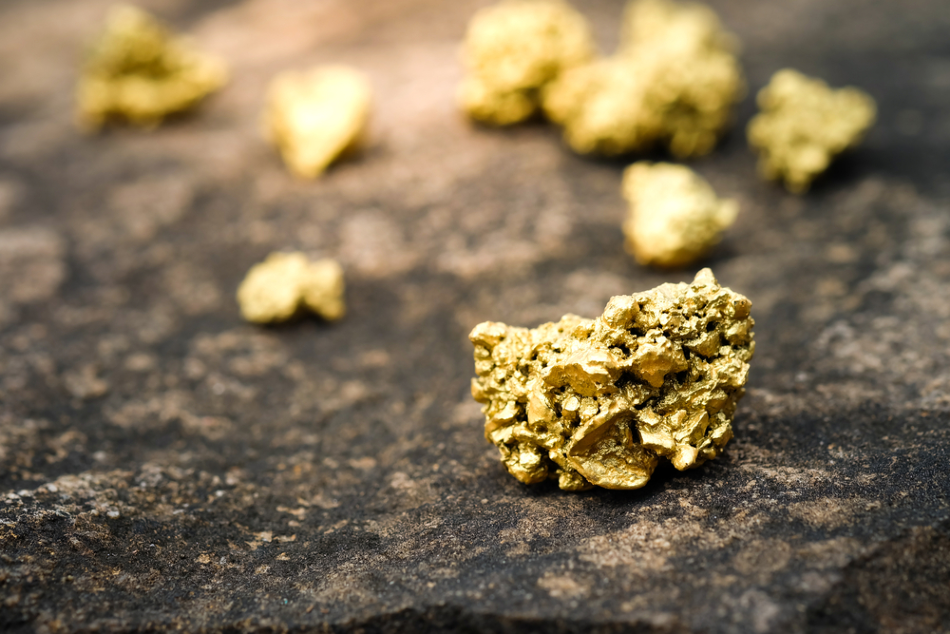Jun 10 2020
Stelmine Canada has reported the findings of its last exploration work that generated 80 m to 260 m ENE and north-oriented extensions of the Joubert property gold-bearing zone, thus enhancing the chances of further extension of gold mineralization.

Image Credit: Phawat/Shutterstock.com
Various grab and channel samples yielded gold values varying from 0.3–0.6 g/t along with As concentrations of 1,300 ppm to >1%. The new findings verify the first gold discovery made by Virginia Gold in 2007 (4.69 g/t and 0.48 g/t Au) and the values achieved by Stelmine in 2018 (0.83 g/t on 1.5 m and 1.10 g/t on 0.25 m).
The hosting paragneiss and quartz veins include arsenopyrite (traces to 10%), garnet, a small amount of tourmaline, and pyrite or pyrrhotite.
The work concluded at the time of the last exploration campaign includes the following:
- A more elaborate structural or geological mapping of three main gold-bearing sites and zones exhibiting unusual valuable and base metal content
- Channel samples obtained from six trench sites associated with the principal gold mineralization (SE exhibit; Virginia Gold) yielded 22 samples on 21 linear meters of channels.
- A collection of 60 grab samples, especially from the three key exhibits, but also from other high-gold potential regions
- A till collection campaign of 13 samples weighing 10–15 kg from which heavy minerals were derived to create a concentrate studied for base and precious metals
The exploration work of Stelmine confirms the strong gold potential of the Joubert property. The gold-arsenic association found in grab and channel samples collected from quartz veins-rich sheared paragneiss rocks extending for several kilometers bodes well for future discoveries. The area surrounding the Joubert property, located within the La Grande Sub-province, sparks a renewed interest from junior mining companies.
Isabelle Proulx, President and CEO, Stelmine Canada
QA/QC Protocol
Stelmine executed a strict QA/QC protocol for handling all rock and till samples that were obtained from the Joubert property.
The protocol involved the insertion and tracking of suitable reference materials, in this instance low concentration (OREAS-252) and high concentration (OREAS-210) certified gold standards, blanks, and duplicates, to confirm the precision and accuracy of the assay results. Basal till samples weighing 10–15 kg were collected with a clean steel shovel.
All the obtained rock and till samples were placed in strong plastic bags, tagged and sealed in the field, with trainee geologists supervising this process. Then, a professional geologist visited the various sampling sites.
Subsequently, all sample bags were placed in rice pouches and stored safely at the base camp formed at the Mirage outfitter on the Trans Taiga road. The rock samples were shipped to Actlabs Laboratories in Ancaster, Ontario, or the ADM laboratory in Ottawa, Ontario, by truck for mineral separation, by a trustworthy transport company.
The rock samples (1A2_ICP_50 g) were analyzed for gold through a fire assay technique. Gold and other trace elements in mineral concentrate samples were identified through INAA+ICP_OES (1H).